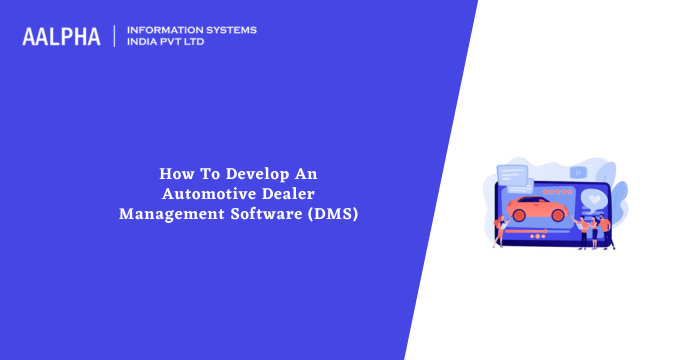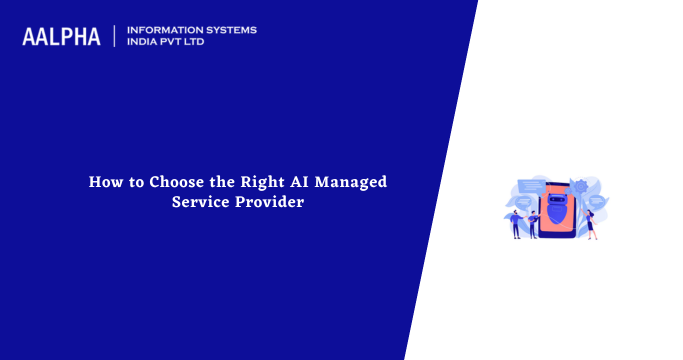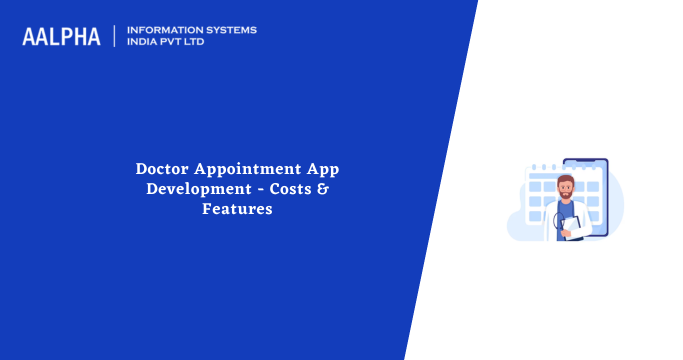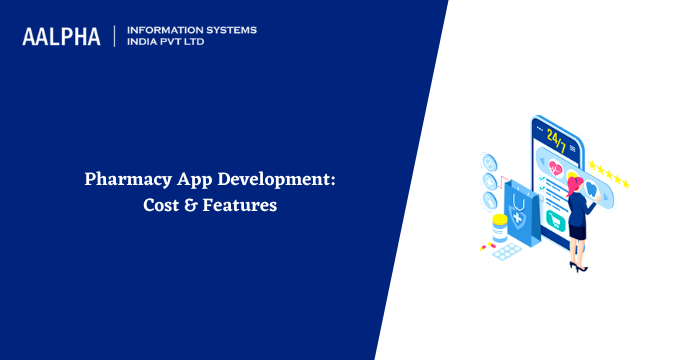Dealership management is the method of allowing different dealerships to carry out their regular operations in terms of distribution, support, and financing, among others. Both tasks operate well, and the dealer management structure needs to run appropriately and systematically. In addition, the automobile dealership management scheme is the dealership mechanism focused on agreements and arrangements with a subsidiary or an online automaker. The automobile dealer scheme covers a range of automobiles and often holds several licensed vehicles used under this structure.
Automotive Dealer Management Software Development
Typically, before designing an automotive dealer management software, you might want to remember those aspects. Here are some of them which could lead your company to excellence.
-
SaaS system on-site
The on-site SAAS framework is a simple way to provide internet software as a facility. You can conveniently access this device through the internet without program maintenance or installation. This lets you get rid of the highly complicated program and hardware maintenance. In general, you might argue that a SAAS-based program is any device you can rightly have but is not your premise. It is mainly run through the web browser and in the cloud. You can consider an on-site SAAS application because it offers you a broader array of cost-efficient computing. This can also be hosted centrally and dispersed such that it reaches diverse rapidity demands globally, thus further expanding the market.
-
SaaS System Hosted Cloud
A cloud-hosted SAAS framework is a cloud-based infrastructure. The SAAS framework housed in the cloud builts more quickly to exchange data reliably and efficiently. Many technical advances have made it possible to host whole servers and storage in the cloud-based SAAS framework. You would want to choose the SAAS framework hosted in the cloud because it has more vertical scalability. Therefore, consumers can access any or more resources and functions on request. It automatically delivers patches that play a more prominent role in patch management.
-
Integration of the 3rd Party in DMS
Third-party incorporation is essential for a competitive automotive supplier business management system. More importantly, it allows you to move both purchases and processes quickly and satisfies your customers. Moreover, reducing abandonment rates and has a positive effect on retention rates.
Integrations from third parties that you might like to introduce to the dealer management tools as you build and attempt to create a significant impact on the online network.
-
Integration of ERP
It is a form of multi-channel third-party integration. It also provides the basis for the management of car distributor applications. ERP helps manage products that entrepreneurs choose to market with effective customer-specific pricing, product management, and increased sales and order processing availability.
-
Integration of CRM
This is a third and multi-channel method, which deals with customer relationship management (CRM) and contributes to a good understanding of channel management. It also supports the translation of specific value-added experiences, including site visitors, pre-sales contact, standard sales engagement, post-sales solid service, and customer care.
-
Integration of POS
POS incorporation is also a third-party and multi-channel capability that provides a seamless connection between the POS program and automotive accounting and network. Moreover, allowing various forms of structured data to be explicitly collected in real-time.
-
Flow and RMA reporting
The Return Warranty Authentication (RMA) is a third-party integration function that deals with returning a car and truck after it has been acquired for some problem or other purpose. It allows consumers to obtain a refund, substitution, or upgrade within the warranted time of the car.
-
Integration of Chatbot
ECommerce chatbots are certain kinds of integrations that support eCommerce dealership networks. They engage willing consumers and passive guests via different sorts of insightful prompts and short message answers. Moreover, it helps to solve the inquiries and various issues relating to a specific car by talking on the Dealer Management System website. This progressively leads to excellence and a further rise in revenues and earnings, which adds to total income.
Cost of automotive dealer management software
There is plenty to expect to build a standard automotive dealership management scheme and extend the dealership. A successful management system within a fair budget is the highest goal in developing a car dealership management system. You can keep the company at a decent standard and build apps. You almost need to invest in tech planning, architecture, and branding, publicity and advertising, server set-up and maintenance, customer service, and activities.
In addition, the marketing of the information management system can be a little efficient, but cost-effective solutions such as influential blogs can be easily handled. The operating expenses are not included here since your app does not use the operational functions. In addition, because the production costs will be related to the kind of app that you choose to create, the device development costs may even be anywhere about a few thousand or even six figures.
Any queries about automotive dealer management software? Feel free to contact us today!




Share This Article:
Written by:
Muzammil K
Muzammil K is the Marketing Manager at Aalpha Information Systems, where he leads marketing efforts to drive business growth. With a passion for marketing strategy and a commitment to results, he's dedicated to helping the company succeed in the ever-changing digital landscape.
Muzammil K is the Marketing Manager at Aalpha Information Systems, where he leads marketing efforts to drive business growth. With a passion for marketing strategy and a commitment to results, he's dedicated to helping the company succeed in the ever-changing digital landscape.